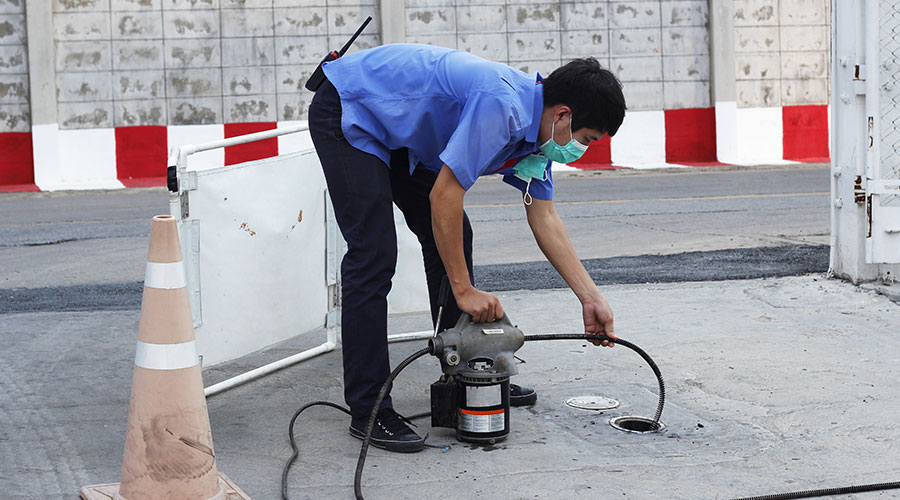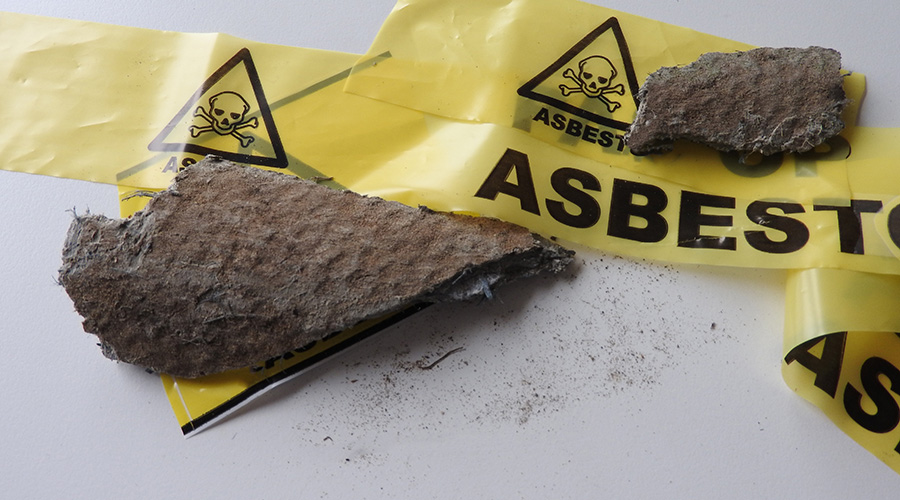Effective Work Plans Deliver Benefits for Facilities, Organizations
Quality job plans and work orders will define exactly the way to execute a project correctly.
By Andrew Gager, contributing writer
The best laid plans often turn out to be recipes for disaster. I should know.
I wanted to build a blueberry garden for my wife. In my head, I had a plan. I’ve built many projects, so a blueberry garden with bird-proof netting should not be an issue.
I thought it through. I used PVC tubing and built a frame around the raised garden.
I then built the raised garden using leftover pavers. A 10-foot by 6-foot space with four layers of pavers to frame it? Check. A pile of topsoil left over from another project plus 10 bags of topsoil? Check.
I had two designs in my head. The first was to break the 10-foot section into two 5-foot lengths so I had stability. The second was to increase the PVC tubing to 2 inches so I would not have to bridge. I estimated it would take two-three hours to build.
Once I started assembling the frame, I discovered one of the 2-inch PVC pipes was the wrong size. Next, one 90-degree elbow was threaded, which I didn’t see because someone threw that into the wrong bin. I headed back to the store to return the wrong items.
Then a third issue arose: I had miscounted the number of tubes required to complete the framing. Altogether I had made four trips to the store for a project that was supposed to take three hours to build.
Once I had the right materials and the frame was built, it was time for the netting. I covered the top of the frame with netting, tie-wrapped it to the PVC and began wrapping the netting around the sides using tie wraps.
I was about to start the third side when I realized that I had no way to access the blueberries if I sealed all the sides with tie wraps. I started cutting all the tie wraps. How could I access the garden through the netting that protects it from birds and other hungry animals? I ordered waterproof clamps to hold the netting so I could access the garden, placed the order and waited a day for delivery. The clamps arrived, and I finished the project after two days.
Work plans that work
Such scenarios are all too familiar in maintenance and engineering departments. I’ve mentioned these statistics several times, but they bear repeating: The average facility technician spends 24-26 percent of their day walking to and from the job site and another 18 percent of their time looking for parts or tools.
These figures are the reason that effective plans for facility maintenance tasks are so important. A quality job plan or work order will define exactly the way to execute a project correctly. These plans must include the right materials and tools that will be used, as well as accurate time estimates. In my example, I traveled to the hardware store multiple times, and it took two days to complete versus two-three hours if I had used an effective plan.
The technicians in every organization have a range of skills and competencies, and it is our objective as managers to leverage this so work is completed safely and to the highest quality. One means to achieve this is by creating quality job plans or work instructions that provide the needed guidance for technicians to complete the work successfully. Key components of maintenance standard work:
Documented standard procedures. Clearly defined, step-by-step instructions for performing quality work like inspections, lubrication, part replacements, calibrations, etc.
Roles and responsibilities. Who does what, when and how? I believe in a matrix called RASI – who’s responsible, who’s accountable, who serves as support, and who needs to be kept in the loop. I prefer a RASI chart or matrix that mirrors the documented processes, so there is no confusion about who is responsible for that task or process. This will remove “That’s not my job!” from technicians’ vocabularies.
Time estimates. The first question a building occupant typically asks is when the task will be completed? Estimating the amount of time for a work order or task is critical in order to schedule accordingly and, more importantly, to fully utilize the maintenance team. Done correctly, time estimates will get more accurate over time, and credibility among customers will improve.
Tools and materials. The average parts warehouse is filled with materials that are never issued or that are used in over three years. The whole concept of a parts warehouse is risk mitigation: Do we have the right part at the right time in the right quantity to the right specification to avoid the risk of equipment downtime? All needed tools — including specialty tools — should be readily available and in good condition. Remember, the average maintenance tech spends 18 percent of their day looking for the right parts and tools.
Quality execution. Are we working on the equipment or fixing the issue? As the saying goes, we always have time to do it over and over but never the time to do it right the first time. There is a direct relationship between the quality of the work and standard procedures and tasks. The best performing organizations have a culture of workmanship and focus on quality.
Documentation and defect elimination. The act of maintenance is a recurring activity. We are assured that we will perform the same maintenance activity again. It could be next week, next month or the year 2035, but we are fairly confident that we will do the same work again. This scenario means documentation and the creation of a so-called bad actor list are critical for continuous improvements. The manager’s role is to identify those nagging issues that keep creeping up and taking a bite of our lunch. Defect elimination should be the culture throughout the organization
A bevy of benefits
The benefits of Implementing effective standard work instructions go beyond being able to complete a task. They include a range of desirable outcomes for both managers and organizations:
Improved safety. Working in a more stable and proactive environment has shown to improve safety, reduce near misses and actually make safety a top priority
Reduced variability and errors. The best-performing groups level the skillset and competency across the team. When managers achieve this goal, the quality, workmanship and variability of the maintenance work stabilizes.
Shorter downtime. By standardizing the tasks or procedures and identifying the materials and tools required for the work, managers can reduce the time technicians spend on travel and search time and improve utilization tenfold.
Use of root cause analysis. The role of managers and supervisors is to identify issues that impact facilities and organizations. The never-ending use of formal root cause analysis is a fundamental tool in the continuous improvement process.
Maintenance technicians should never have to plan jobs in their heads and waste time running to the parts warehouse half a dozen times. Managers need to focus on developing quality work instructions with the goal of streamlining the process of maintaining facilities effectively and efficiently instead of just keeping technicians busy. Quality tops quantity.
Andrew Gager is CEO of AMG International Consulting. He is a professional consultant and facilitator with more than 20 years of partnering with organizations on facilities management and maintenance to achieve strategic objectives and goals.
Related Topics:












